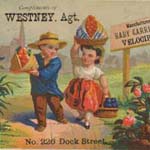Section V. The Market
Commissioned work was the norm for lithographers from the time of Kennedy & Lucas in the late 1820s through the late 19th century. “Practical” or “general” lithographers produced pictorial works based on custom designs as well as less artistic, small format commercial lithographs, such as circulars, billheads, and checks. Receiving commissions from business proprietors, publishers, religious institutions, government and municipal agencies, and volunteer and fraternal organizations, lithographers “executed in short order” periodical and book illustrations, sheet music covers, plans, architectural drawings, advertising prints, certificates, and commemorative and souvenir prints. Some commercial establishments also specialized in certain branches of the business, such as book illustrations, maps, or labels.
Click on the thumbnails below to browse the items in this section of the exhibition.
ADVERTISEMENTS
 |
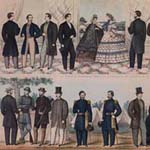 |
CERTIFICATES
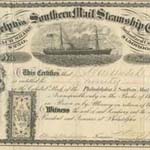 |
PLANS and ARCHITECTURAL DRAWINGS
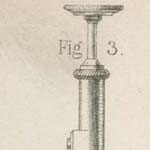 |
BOOK PLATES
Given Philadelphia’s status as a center for the book trades, periodical and book illustrations formed a very steady branch of local and regional work for Philadelphia lithographers. Peter S. Duval and Alfred Hoffy (1796-1872) even started their own, short-lived periodicals during the 1840s and 1850s.
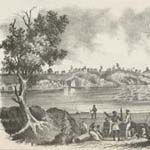 |
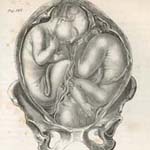 |
 |
SHEET MUSIC
MAPS
We have received from Mr. Frederick Bourquin a handsome lithograph of Fairmount Park, showing the recent additions made to it, with the proposed park on the west side of the river, including the Lansdowne estate recently donated to the city.
Printers’ Circular, July 1869
In addition to commissions, commercial lithographers produced for the open market as well, although less frequently given the financial risks of speculative printing. Lithographers printed non-commissioned works that catered to public tastes, such as frameable views (often chromolithographs by the 1860s), political cartoons, and news prints. Available for purchase at the establishments, lithographs of this type could also be procured at print and stationery shops, frame stores, auctions, and from peddlers on the street.
|
POLITICAL CARTOONS |
NEWS EVENTS |
Following the introduction of chromolithography and steam presses in the mid-19th century, the printing shops of the earlier era gave way to multi-storied factories with specialized departments, particularly after the Civil War. Although the facilities grew larger, the format of most of the commissioned, pictorial work became smaller. By the late 1870s, with the improvements to steam printing and the perfecting of chromolithography, mass-produced colorful trade cards, suggestive of modern advertising designs, became a primary product of the Philadelphia lithographic establishments that remained active into the 20th century.
TRADE CARDS
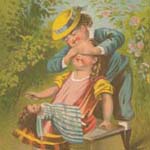 |
![William H. Rease, Moyer & Hazard, Successors of Alexander Fullerton, 174 Market Street, Fifth Door Above Fifth Street, Philadelphia [and] Elijah Bowen, Wholesale & Retail Hat & Cap Store, No. 176 Market Street, Philadelphia (Philadelphia: Wagner & McGuigan, ca. 1846). Crayon lithograph.](images/thumbs/2th5.1.jpg)
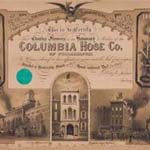
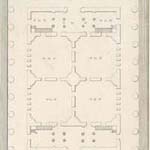

![“Management of Short Limbs.” Hand-colored, crayon lithograph printed by John T. Bowen, in Mrs. A. Walker, Female Beauty, as Preserved and Improved by Regimen, Cleanliness and Dress (New-York: Scofield and Voorhies, 146 Nassau Street. J. & H. G. Langley, 57 Chatham St., [1840?]).](images/thumbs/2th5.11.jpg)
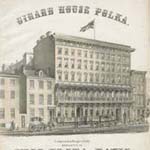
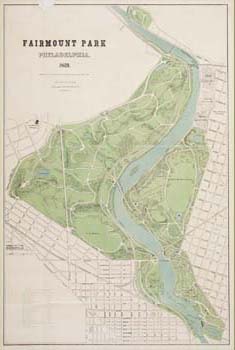

![The Follies of the Age, Vive La Humbug!! ([Philadelphia, 1855]). Crayon lithograph.](images/thumbs/2th5.16.jpg)
![Terrible Conflagration and Destruction of the Steam-boat “New Jersey,” On the River Delaware, Opposite Philadelphia, on the Night of Saturday, March 15th, 1856, Between 8 and 9 O’Clock, by Which Dreadful Calamity Sixty-One Lives Were Lost (Philadelphia: Published by A. Pharazin, 103 South Street, [1856]). Crayon lithograph, hand-colored.](images/thumbs/2th5.17.jpg)
